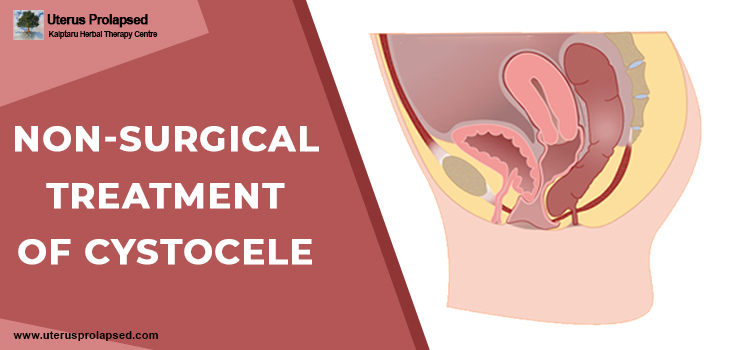Causes Of Cystocele And How Can You Treat It
When the fence between the bladder and the vagina deteriorates, the bladder might drop or slump into the vagina. This complaint in females is named as cystocele. Cystoceles are assembled into grades:
- Grade 1: Mild. The bladder sags only a short way into the vagina.
- Grade 2: More severe. The bladder has dashed into the vagina far enough to reach the opening of the vagina.
- Grade 3: Most progressive. The bladder lumps out through the opening of the vagina.
What causes a cystocele?
A cystocele might be instigated by the following:
- Proceeding age
- Overheavy
- Child birth
- Hefty lifting
- Straining muscles during childbirth
- Chronic coughing
- Constipation
- Recurrent straining during bowel movements
- Prior pelvic surgery
- Feeble muscles around the vagina instigated by deficiency of estrogen after menopause
Elements that upsurge your risk of a cystocele are childbirth, age, obesity, chronic constipation and hefty lifting. Signs and symptoms can take account of the feeling that something has fallen out of your vagina, leaky urine or a sensation of inadequate emptying of your bladder. Tests for a cystocele might consist of a pelvic examination and urodynamics, a group of tests to assess bladder function. Females with moderate to advanced symptoms might opt for a vaginal pessary, a support device that is implanted into the vagina, or they can also opt for non-surgical treatment of cystocele i.e. via herbal medicines and exercises.











